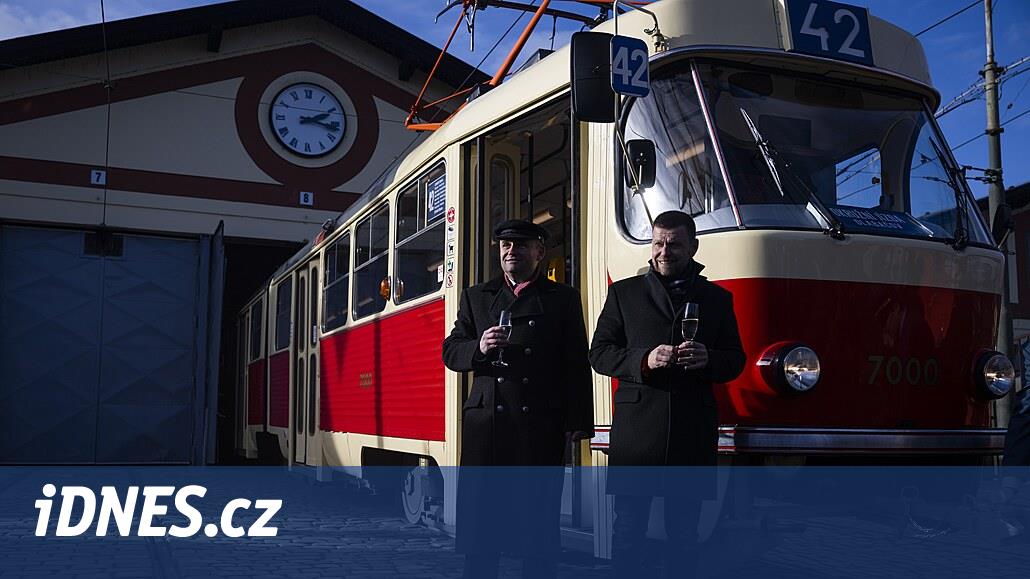Rents are going down. According to the date, the fastest in Prague
He takes one, gives the other. The pandemic year shuffled the cards on many fronts, including rental housing.
The adjustable trend of stable growth in its prices, which we can observe in the last six years, but during 2020 we must at least partially reverse. With an average price of 237 crowns per square meter at the end of the fourth quarter, the index reached the level of 2018.
Surprisingly, the decline is most pronounced in Prague, where the average rental price fell to 287 crowns per square meter. Only quarter-on-quarter, this means a decrease of 4.3 percent – but even so, the capital remains by far the most expensive location.
It is thus separated from Brno, where it averages around 258 crowns per meter, by a difference of almost thirty crowns.
Fill it in from the Rent Index data, which we are publishing for the first time today with the consulting company Deloitte. It gives a quarter-on-quarter comparison of the offer prices of rental flats, which monitors the development of prices and trends in rental housing in the Czech Republic over the last six years.
| Region | Price per m² | Q3 / Q4 difference |
| Prague | 287 CZK | -4.3% |
| Brno | 258 CZK | -2.6% |
| Ostrava | 175 CZK | + 1.2% |
| Pilsen | CZK 200 | + 1.0% |
| Olomouc | 209 CZK | -0.9% |
| Liberec | 196 CZK | + 1.6% |
| Usti nad Labem | 170 CZK | + 3.0% |
| Czech Budejovice | 194 CZK | -1.0% |
| Hradec Králové | 221 CZK | + 5.2% |
| Pardubice | 214 CZK | -0.9% |
| Zlín | 220 CZK | -3.5% |
| Carlsbad | 178 CZK | -0.6% |
| Jihlava | 195 CZK | + 5.4% |
| Central Bohemian Region | 219 CZK | -0.5% |
At the opposite end of the scale are regional cities such as Ústí nad Labem (CZK 170), Ostrava (CZK 175) and Karlovy Vary (CZK 178). Nevertheless, the situation in Ostrava significantly affects the presence of a major player in the field of rental housing, in this case even the largest on the Czech market: Heimstaden, which holds over 40,000 apartments in the city and the adjacent agglomeration.
The overall decline in prices can be observed mainly in the two waves that hit the large tourist and universal centers – especially Prague, where the decline is most visible.

The first wave is mainly related to the decline in tourism in the first half of 2020, when apartments originally intended for tourist accommodation via Airbnb-type services began to appear on a large scale in the rental housing market.
“This situation is reflected especially in Prague as a minimum of the Czech tourist center. Rents in the center of Prague fell in the first quarter and gradually affected the average rental price in the whole of Prague, “says Petr Hána, senior manager at Deloitte
The second applies to the decline that occurred in the autumn, followed by the long-term introduction of distance learning at universities. The outflow of those interested in rental housing among students, in addition to Prague, who also affected other university and regional cities.
| District | Price per m² | Q3 / Q4 difference |
| Prague 1 | 314 CZK | -2.8% |
| Prague 2 | 321 CZK | -3.9% |
| Prague 3 | 303 CZK | -4.7% |
| Prague 4 | 268 CZK | -2.5% |
| Prague 5 | 285 CZK | -5.0% |
| Prague 6 | 271 CZK | -4.6% |
| Prague 7 | 297 CZK | -1.7% |
| Prague 8 | 283 CZK | -6.0% |
| Prague 9 | 273 CZK | -3.9% |
| Prague 10 | 273 CZK | -4.9% |
However, it can be said that this state is only temporary. According to Petr Hana, rents of flats originally intended for tourists are more than a month rather than a year old, and most of their owners return to short-term accommodation after the resumption of tourism.
“In the post-pandemic period, I expect the market to stabilize overall and then rents to rise again, but this will be gradual as the influx of tourists and students changes,” he added.
The professional guarantor of the Rent Index is the recently established Rental Housing Association, which brings together some large market players, such as Heimstaden, CPI Byty, Czech Home Capital, Investment and Real Estate Management, Luka Residental, CIB Group or Finep Holding.



